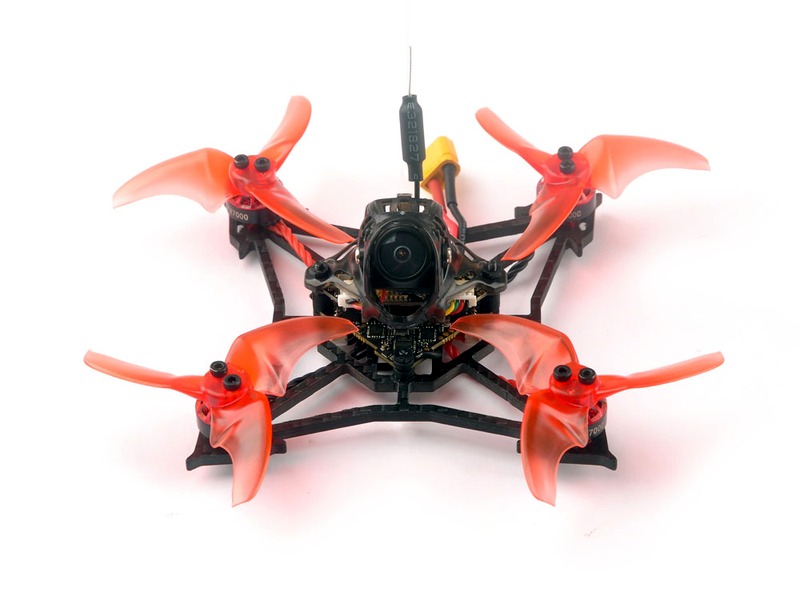Why are there no large Quadcopters?

There are many reasons why large Quadcopters do not exist, and these reasons can be broken down into three main categories: safety, cost, and complexity.
Safety is perhaps the most important reason why large Quadcopters do not exist. Quadcopters are inherently unstable and difficult to control, even when they are small. Adding additional mass to the design would only make them more difficult to handle and control. A large Quadcopter would be too heavy to safely lift off, and it would be difficult to maneuver in tight spaces. The increased size and weight would also make it more difficult to avoid objects and people during flight, increasing the chances of a crash or other accident.
Cost is another significant factor. A larger Quadcopter requires more powerful, expensive motors and batteries, which can quickly drive up the cost of the design. Additionally, the larger size would mean that the Quadcopter would require more components, including additional frames, motors, and batteries, further increasing the cost.
Finally, complexity is another factor that has prevented the development of large Quadcopters. A larger Quadcopter would require more sophisticated programming, more powerful electronics, and greater understanding of how it should fly. In addition, the larger size would require more complicated control systems and sensors to maintain stability, which would further add to the complexity of the design.
For these reasons, large Quadcopters are not common. Smaller Quadcopters are able to provide the same level of performance, while remaining easier to control, more cost-effective, and simpler to design and build. Thus, smaller Quadcopters are generally preferred for recreational and commercial applications.
Comments / Question
2. Quadcopters must be flown within visual line of sight of the operator.
3. Quadcopters must not be flown over people or moving vehicles.
4. Quadcopters must not be flown within 5 miles of an airport without permission from air traffic control.
5. Quadcopters must not be flown higher than 400 feet above ground level.
6. Quadcopters must not be flown near emergency response efforts such as fires.
7. Quadcopters must not be flown in a careless or reckless manner.
2. Air Pollution: Quadcopters produce emissions, just like any other vehicle, which can contribute to air pollution.
3. Habitat Destruction: Quadcopters can disturb the habitats of wildlife and disrupt their natural behavior.
4. Landscape Damage: The use of large quadcopters can cause damage to the surrounding terrain and vegetation.
5. Light Pollution: The bright lights on some models of quadcopters can create light pollution, which can be disruptive to the environment and nearby wildlife.
2. Always fly in open areas away from people, animals, and obstacles.
3. Be aware of your surroundings and the potential for unexpected wind gusts.
4. Be aware of the maximum weight capacity of the quadcopter and do not exceed it.
5. Follow all local laws and regulations regarding the operation of quadcopters.
6. Use a spotter to help you keep track of the quadcopter’s position.
7. Use a pre-flight checklist to ensure that all systems are functioning properly.
8. Use a failsafe system to bring the quadcopter back to you in the event of a problem.
9. Use a GPS system to help you keep track of the quadcopter’s position.
10. Always fly within your skill level and do not attempt maneuvers that you are not comfortable with.
2. Battery Size: The battery used in large quadcopters needs to be larger in order to support its weight and additional features, making it heavier and more difficult to transport.
3. Noise: Larger quadcopters are noisier and require more powerful motors than smaller drones, which can be disruptive in certain environments.
4. Cost: Large quadcopters typically come with a higher price tag due to their increased complexity and components.
5. Wind Resistance: Due to its larger size, large quadcopters are more susceptible to strong winds, reducing its stability and maneuverability.

